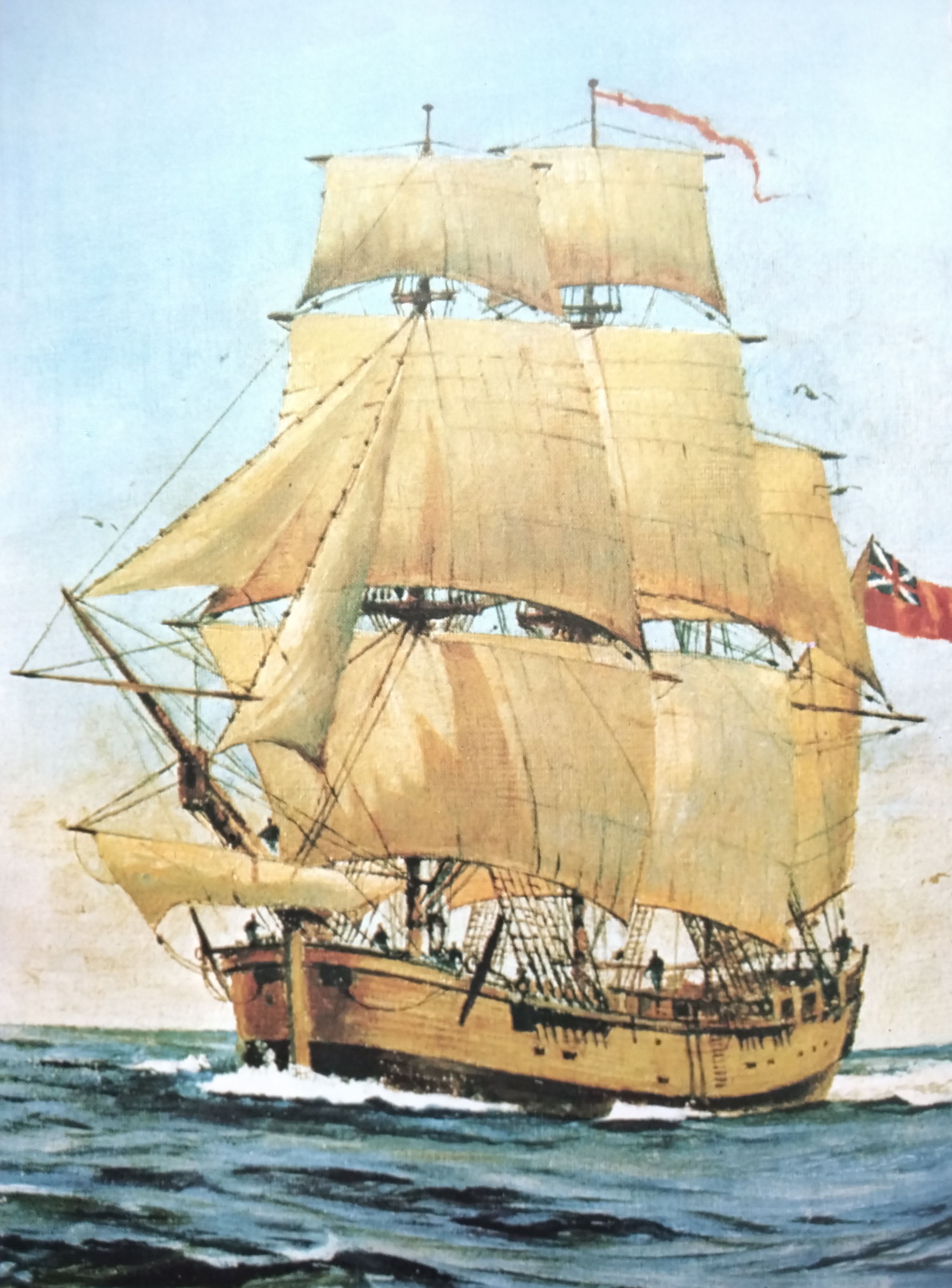Captain James Cook
Captain James Cook /ˈkæp.tɪn ˈdʒeɪmz kʊk/ was born in 1728 in Marton-in-Cleveland, Yorkshire, to a farm laborer. He left school at age 13 and
| Captain James Cook | ||
 | ||
| Captain James Cook. | ||
| Born | James Cook Born October 27, 1728 Marton-in-Cleveland, Yorkshire, England | |
| Died | Died February 14, 1779 (aged 50) Kealakekua Bay, Hawaii | |
| nationality | British | |
| Occupation(s) | Royal Navy Officer, Navigator, Cartographer | |
| Known for | Exploration of the Southern Hemisphere, Mapping of New Zealand and Eastern Australia | |
| spouse | Elizabeth Batts (m. 1762) | |
| children | 6 | |
| parents | James Cook (father), Grace Pace (mother) | |
| Signature | ||
 | ||
became a grocer’s apprentice. However, he soon joined the Royal Navy as a seaman in 1755, showing great aptitude for the work and rising to the rank of master within two years.
By 1758, Cook was part of the crew of the Pembroke, which participated in the capture of Louisbourg and Quebec. His expertise in surveying and

cartography began to emerge during this time. Cook's skills in surveying and navigation earned him a recommendation from the Royal Society in 1766. They commissioned him to command a scientific expedition aboard the Endeavour. His primary mission was to observe the transit of Venus in Tahiti (1769), but he was also tasked with exploring and mapping the Southern Hemisphere.
Cook set sail from Plymouth in 1768. During his voyage, he navigated around Cape Horn, observed the transit of Venus, and then headed for New Zealand, which he mapped in detail. He also explored the eastern coast of Australia, claiming it for Britain in 1770 at Possession Island in Queensland. Cook’s voyage revolutionized the geographical understanding of the region. After circumnavigating the globe, he returned to England in 1771. Cook embarked on further voyages, including another circumnavigation of the globe aboard the Resolution. He explored the coast of Van Diemen's Land (modern-day Tasmania) and mapped much of the Pacific region, expanding knowledge of these remote areas. He returned to England in 1775.
Death
In 1779, Cook was killed during a confrontation with Hawaiian islanders on February 14, during his third voyage to the Pacific. His death marked the end of a remarkable career in exploration and navigation.[1]
References
- Dictionary of Australian History, By John Larkins, 1980, P.57-58.
